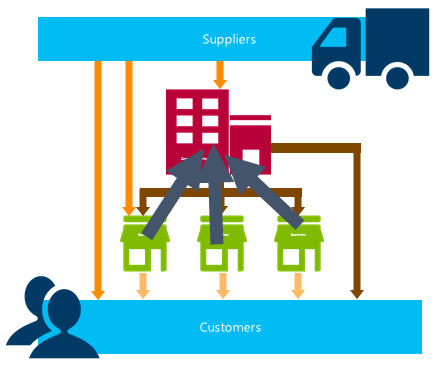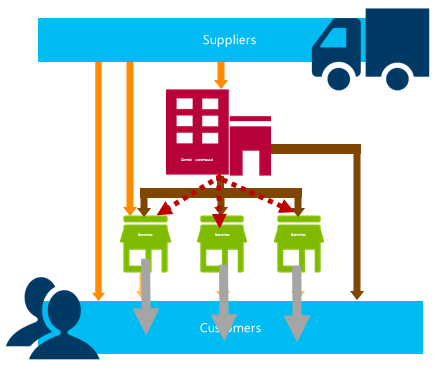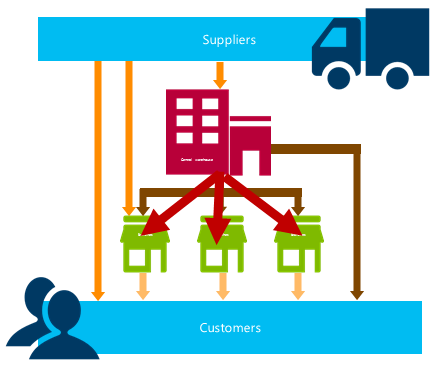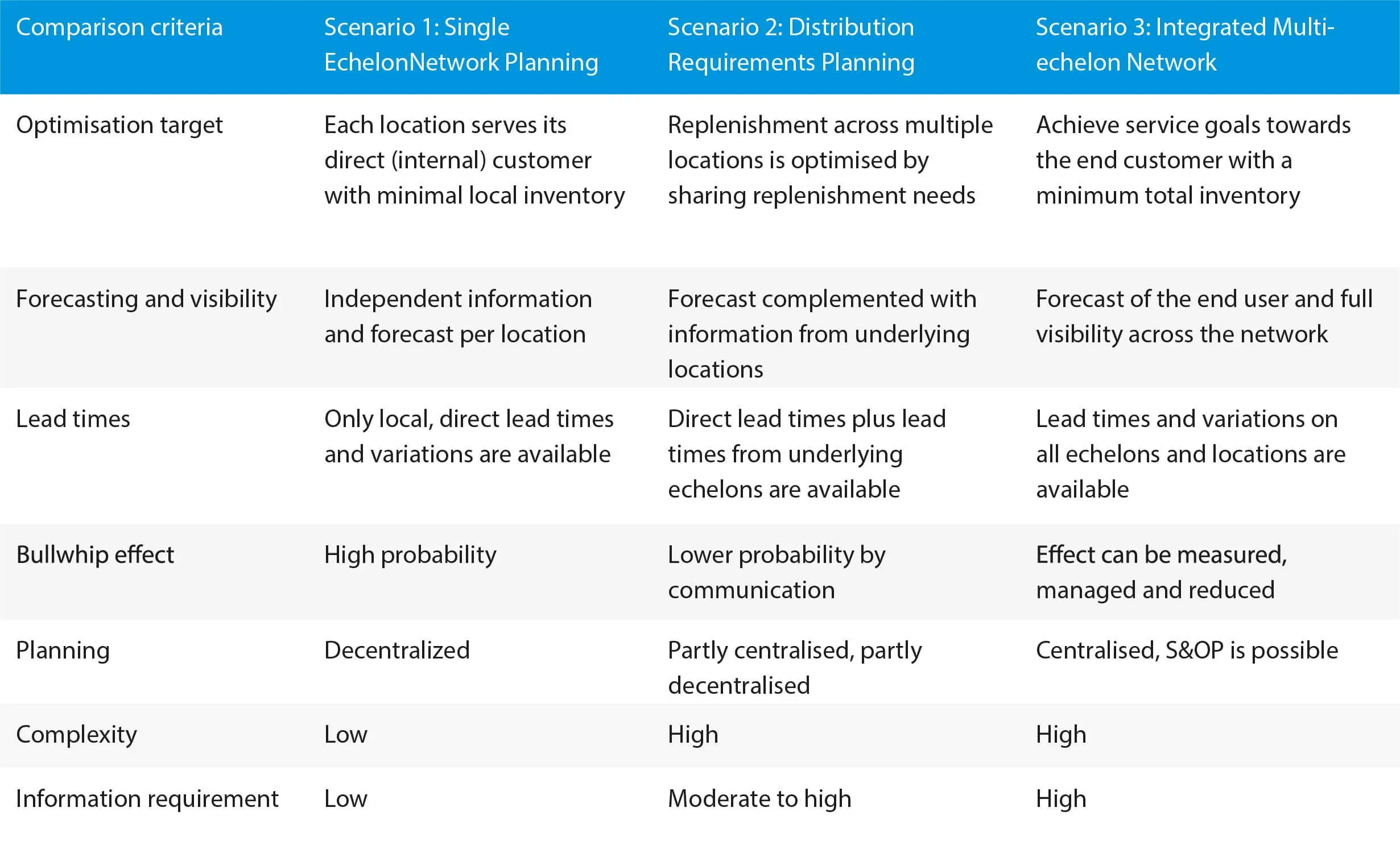For companies that exist in today’s complex omnichannel and multisite environment, achieving stock availability has never been more difficult … and costly! With more channels, more demanding customers and an increasing number of products to manage, many organisations can quickly lose sight of their inventory position. Faced with expensive excess stock levels and crippling shortages, what can businesses do to enhance visibility across their integrated supply chain? entire operation?
Businesses today exist in far more complicated environments than ever before. Given that a typical supply chain is now comprised of an increasing number of levels and channels, it is vital that inventory is managed effectively across the entire network. However, with so many different links in the network (DC, regional DCs, branches etc), ensuring that stock is available in the right time at the right place has never been more difficult.
Excess stock is one of the biggest challenges that businesses face when planning across multiple locations. The problem can be exacerbated by the bullwhip effect; a notorious phenomenon, where safety stock is built up at each location and where a relatively small change in demand leads to a disproportionate increase in stock at the beginning of the chain. Furthermore, ensuring that the right stock is available at the right locations is another major issue that must be managed carefully. Failure to do so could result in; revenue loss, disappointed customers and unnecessary inventory costs.
It is important that your business adopts the most suitable planning approach. However, which approach is best for your business?
MEIO: Network and information availability
Nowadays supply chains have transformed from connected serial networks to multi-channel networks (see figure). In a serial network, a location will only ship products to the proceeding level of the chain. On the other hand, where there is a more dynamic flow of goods where by products are distributed from a single location to multiple levels, this is known as a multi-channel environment. As the number of channels increases, the complexity within the chain grows exponentially.
In order to optimise inventory across an entire multi-channel environment, visibility is king! In an ideal world, all the required supply chain information would always be visible for everyone in the chain. In order to ensure a smooth flow of goods a lot of information (purchase orders, demands, stock levels, lead times, etc.) has to be exchanged between the different locations. The extent to which this information is accessible is what we call ‘visibility’. The level of visibility throughout the network determines how advanced the forecast and optimal order size calculations can be.
Through exploring different network structures and levels of visibility, we define three basic scenarios for inventory planning:
Single Echelon Network Planning Scenario
For the first scenario, we assume a traditional serial network exists. Only for the central level information about lead times and stock level is available and inventory planning is calculated on the basis of the historical demand on the central warehouse location.
So when making a forecast, only the independent demand data from this (central) warehouse is taken into account. No information from the other locations and echelons is used which can leave a business exposed to the bull whip effect.
Distribution Requirements Planning Scenario
In the second scenario we assume that information about the replenishment requirements and the lead times of the proceeding channels is also available. Decisions are made on the basis of historical demand AND the replenishment requirements from underlying channels.

the forecast can be improved by taking into account the replenishment needs of the underlying locations and channels.
This way of planning is also known as Distribution Requirements Planning (DRP). For the calculation of the forecast, it is important that the information from the lower levels is up-to-date and reliable. This scenario can give better results than the first scenario, but that depends on the situation. It’s definitely more complex and still lacks insight in the real customer demand.
Integrated Multi-echelon Network

This model requires extensive data availability and requires the use of advanced planning tools and mathematical algorithms. Specialist knowledge is needed.
WHICH MEIO SCENARIO FITS BEST?
Companies should think carefully before they decide which scenario to adopt. The most advanced scenario doesn’t necessarily give the best results. It’s important that the network characteristics (number of branches, internal lead times, irregularity of demand), the information available and the optimisation targets are in balance with each other. The table below shows the main criteria in considering the right scenario.


